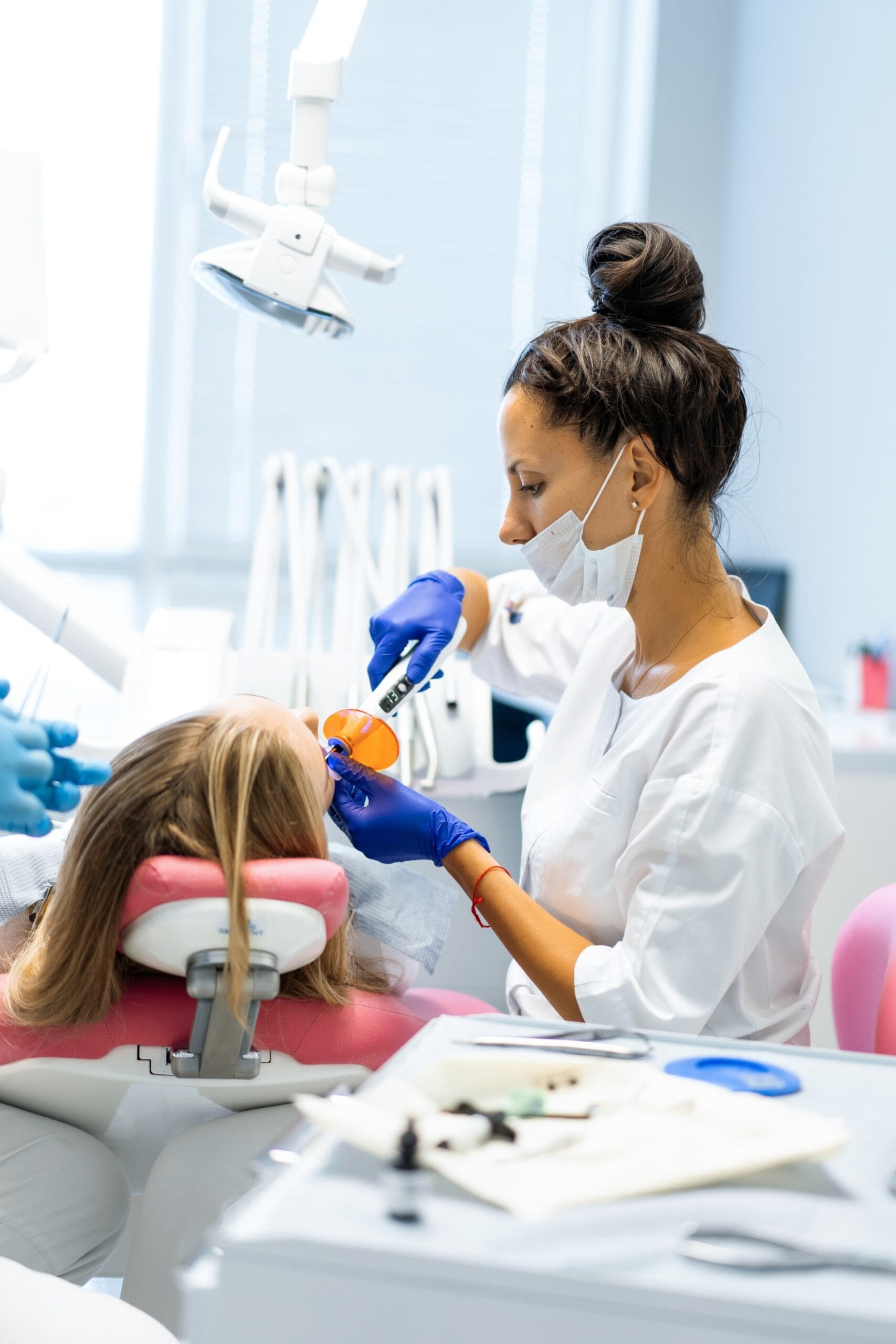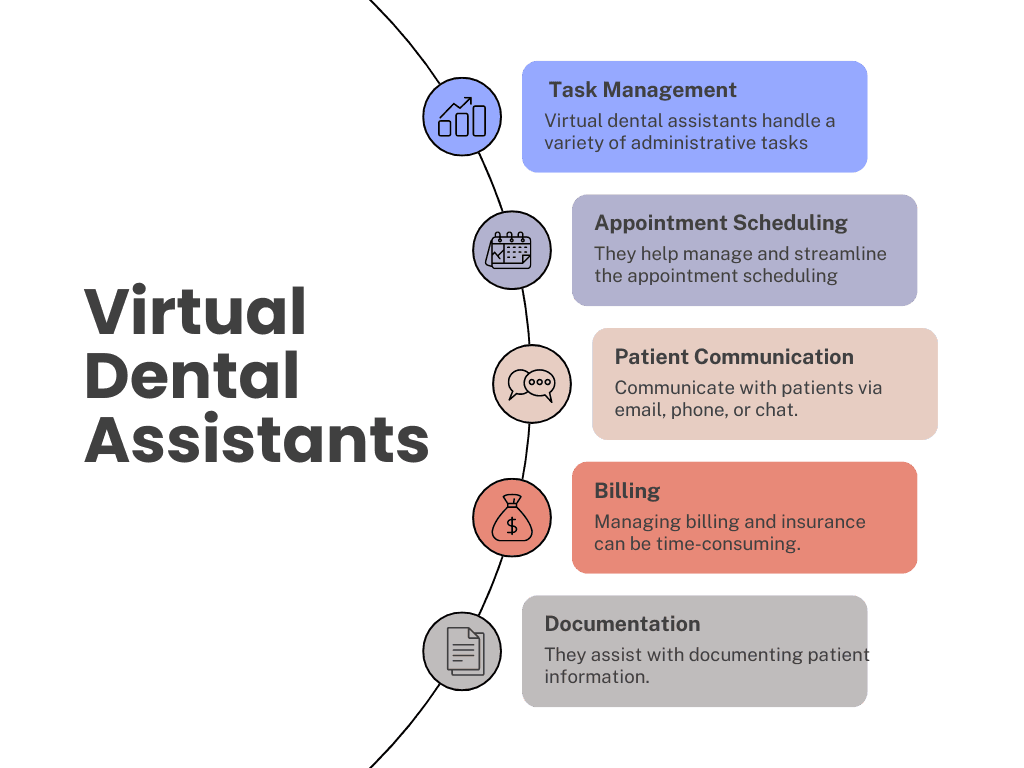Virtual Dental Assistants (VDAs) are remote professionals who provide essential support to dental practices, enabling dentists and their teams to focus on delivering high-quality patient care. As the dental industry becomes increasingly competitive and technologically advanced, the demand for skilled virtual assistants has surged. These professionals are well-versed in both administrative and clinical tasks, making them invaluable assets to dental practices of all sizes.
Our Virtual Assistants leverage advanced AI technology to streamline administrative tasks, allowing healthcare professionals to focus on patient care.

Commitment to innovation ensures that your practice remains at the forefront of healthcare technology.
Virtual Dental Assistants handle a wide range of responsibilities that can significantly enhance the efficiency of dental practices. Their tasks typically include:

Frequently asked questions (FAQs) related to Virtual Dental Assistants
A virtual dental assistant is a remote professional who handles administrative tasks such as appointment scheduling, billing, patient communication, and documentation for dental practices. They work offsite, allowing dental teams to focus on patient care without the burden of managing administrative responsibilities.
Virtual dental assistants streamline operations by managing administrative tasks like scheduling, billing, and patient follow-ups. They help reduce the workload of in-office staff, improve efficiency, and optimize workflow, ensuring that dentists can focus on treating patients.
Yes, virtual dental assistants are often trained to work with various dental practice management software such as Dentrix, Open Dental, and Eaglesoft. They can easily integrate into your existing systems to manage administrative tasks.
Most virtual dental assistants are trained in HIPAA compliance, ensuring that patient data is handled with confidentiality and security. They use secure communication channels and follow strict data protection guidelines to maintain privacy and legal compliance.
You can communicate with your virtual dental assistant via email, phone, video conferencing, or practice management software. Many practices use collaboration tools like Slack, Zoom, or Microsoft Teams to stay in touch and coordinate daily tasks.
Yes, virtual dental assistants are often trained to manage billing processes and handle insurance claims. They can submit claims, track payments, and follow up on outstanding balances, reducing the workload for in-office staff.
You can maintain high-quality service with a virtual dental assistant by setting clear expectations, providing detailed guidelines, and conducting regular check-ins. Most services offer quality control measures and performance tracking, ensuring tasks are completed accurately and efficiently.